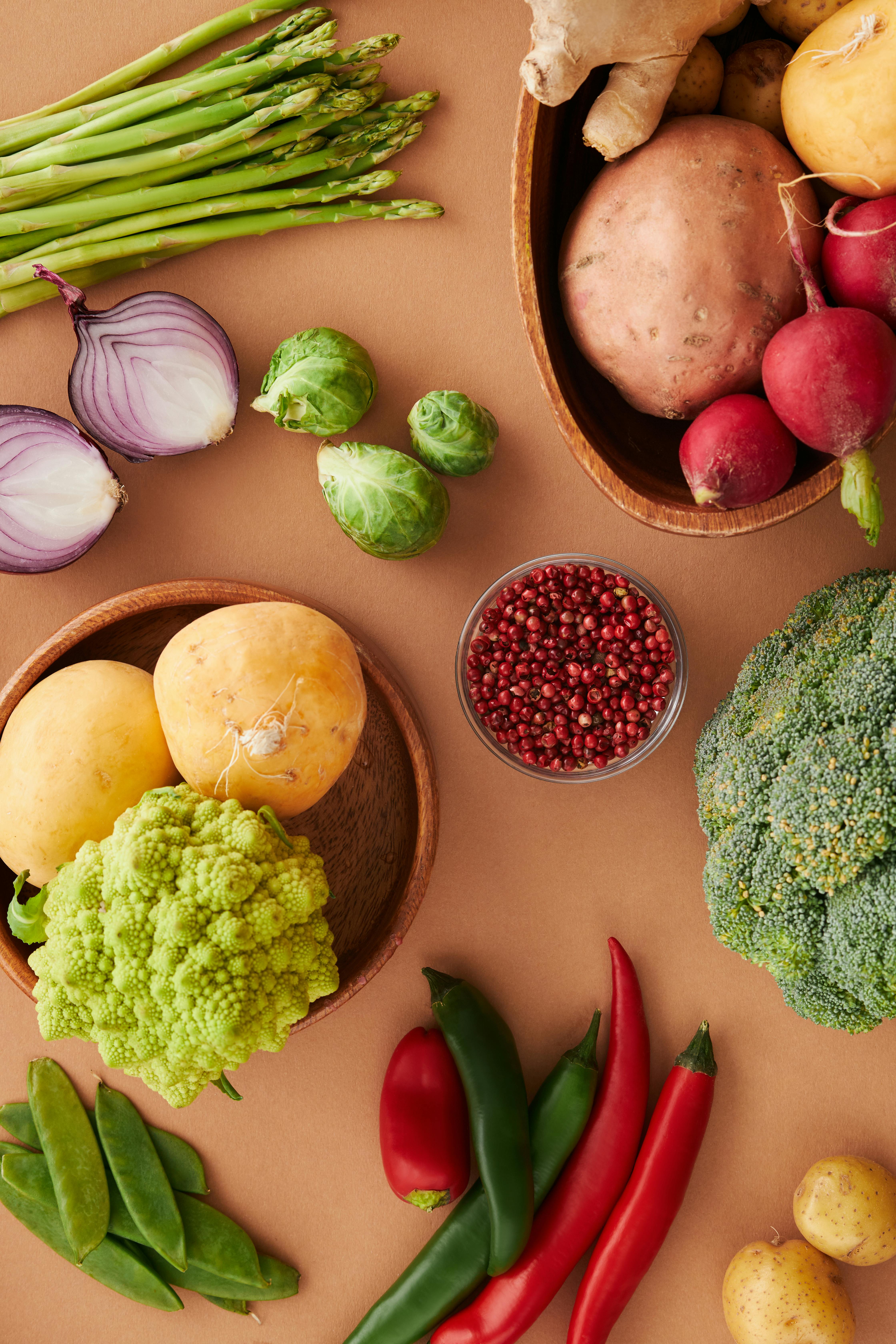How-To Decode An Ingredient List
A guide to help you navigate ingredient lists and choose healthier options.

A primary care membership for patients who want more. Primary Care. Nutrition. Wellness. All under one roof.
Decoding an ingredient list for non-toxic ingredients involves identifying harmful additives, preservatives, and artificial substances commonly found in processed foods. Here's a guide to help you navigate ingredient lists and choose healthier options:
Focus on Whole Foods
Look for foods with short ingredient lists that contain recognizable, whole food ingredients. Ingredients like fruits, vegetables, whole grains, nuts, seeds, and legumes are typically healthier choices as they provide essential nutrients without added chemicals.
Avoid Artificial Additives
Scan the ingredient list for artificial additives such as artificial colors (e.g., Red 40, Yellow 5), artificial flavors, and artificial sweeteners (e.g., aspartame, saccharin). These additives have been linked to various health concerns and are best avoided.
Watch out for Preservatives
Many processed foods contain preservatives to prolong shelf life. Common preservatives to avoid include BHA (butylated hydroxyanisole), BHT (butylated hydroxytoluene), TBHQ (tert-butylhydroquinone), and sodium nitrate/nitrite. Opt for foods with natural preservatives like vitamin E (tocopherols) or rosemary extract instead.
Check for High-Fructose Corn Syrup and Added Sugars
Sugars, especially high-fructose corn syrup, are commonly added to processed foods to enhance sweetness. Excessive sugar consumption is linked to various health issues, including obesity and diabetes. Choose foods with little to no added sugars or opt for natural sweeteners like honey, maple syrup, or dates.
Look for Whole Grains
If the product contains grains, ensure they are whole grains rather than refined grains. Whole grains provide more fiber, vitamins, and minerals compared to refined grains, which have been stripped of their nutritious bran and germ layers.
Examples include: brown rice, quinoa, millet, buckwheat, cassava.
Avoid Hydrogenated Oils and Trans Fats
Hydrogenated oils and trans fats are unhealthy fats often found in processed foods like margarine, baked goods, and fried foods. These fats can raise bad cholesterol levels and increase the risk of heart disease. Opt for foods made with healthier fats like olive oil, avocado oil, or coconut oil.
Check for Allergens
If you have food allergies or sensitivities, carefully check the ingredient list for allergens like gluten, dairy, soy, nuts, and shellfish. Manufacturers are required to label common allergens, making it easier to avoid them.
Consider Organic and Non-GMO
Choosing organic and non-GMO (genetically modified organism) options can also reduce exposure to potentially harmful pesticides and herbicides.
By paying attention to ingredient lists and opting for whole, minimally processed foods with natural ingredients, you can make healthier choices for you and your family.

If you're curious to learn more about The Lanby, book a free consult call and we'll chat about how The Lanby can be your personalized long term health and wellness partner.

Kendall is a graduate of the University of Mississippi, with a B.A. in Integrated Marketing Communications and a minor in Business Administration. She received her certificate of Nutrition Science from the Friedman School of Nutrition at Tufts University.

Chloe holds a bioengineering degree from the University of Pennsylvania. As a breast cancer survivor, her insights shape The Lanby's patient-centric approach. Leveraging her healthcare strategy background, Chloe pioneers concierge medicine, bridging gaps in primary care.

Tandice was recognized with the Health Law Award and named a Ruth Bader Ginsburg Scholar at Columbia Law School. Tandice's editorial role is enriched by her insights into patient autonomy and gene modification legalities. Passionate about bioethics, she is committed to crafting patient-centric healthcare solutions.





